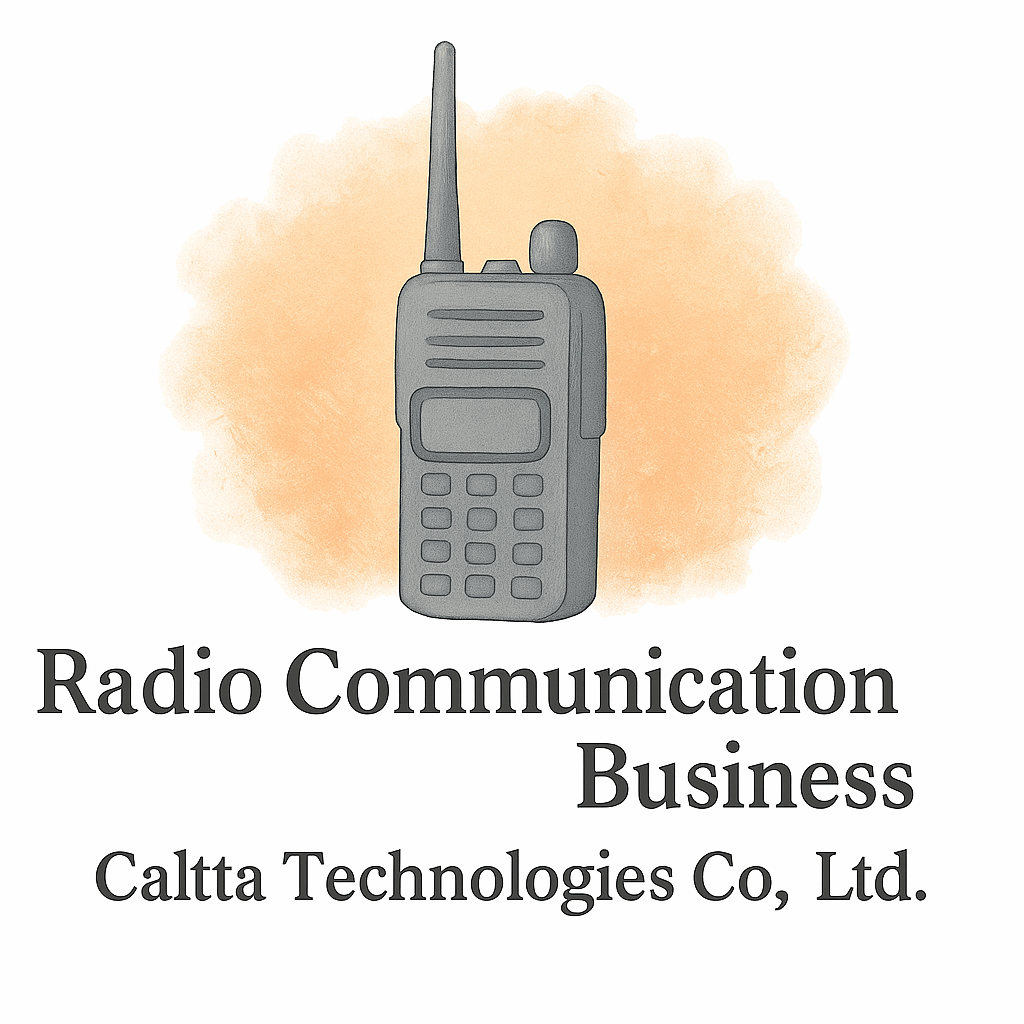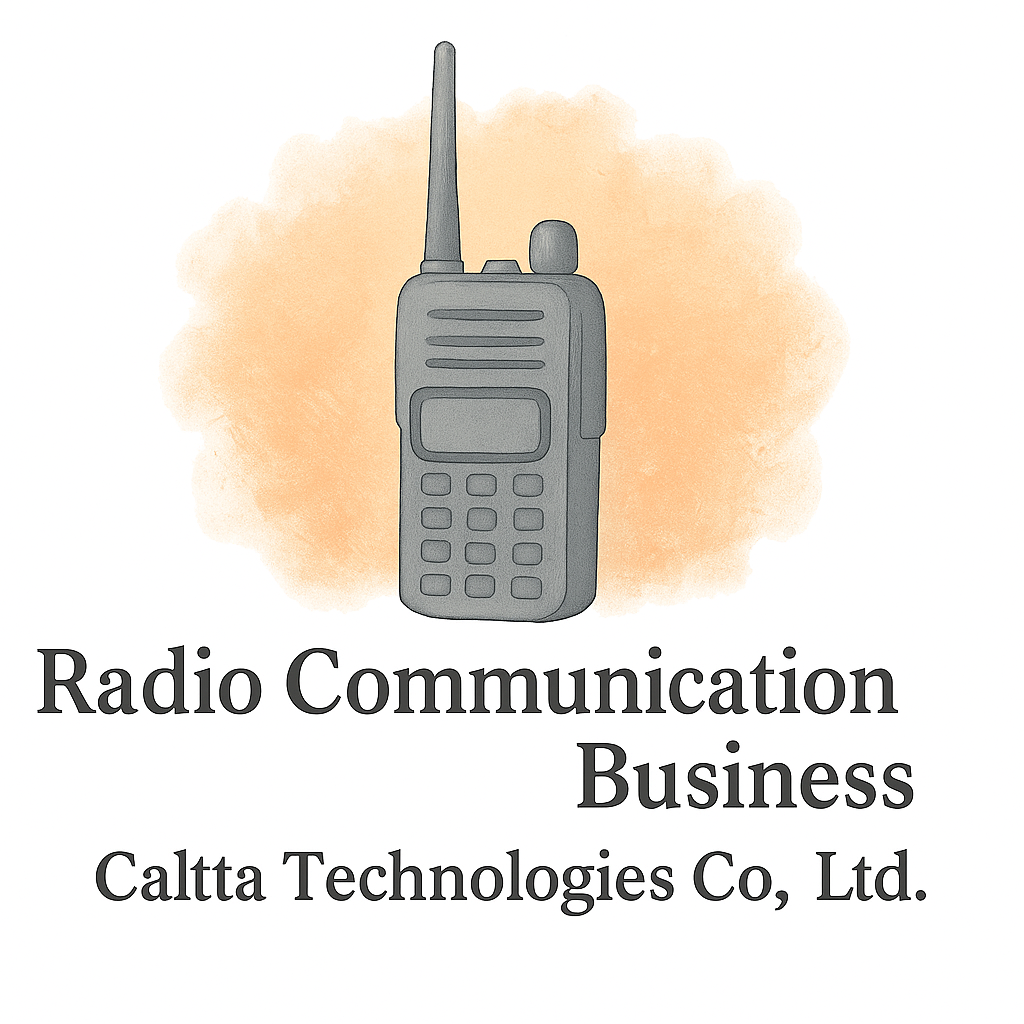Introduction: Why Multi-Agency Cooperation Matters
When multiple agencies—such as police, fire, medical, military, and disaster relief—work together, success often hinges on one thing: communication. Without clear, reliable, and fast information exchange, chaos can take over. This is where radio communication steps in, bridging gaps, cutting through noise, and ensuring everyone is on the same page.
In this article, we’ll dive into 12 ways radio communication strengthens multi-agency cooperation, making operations safer, smoother, and more efficient.
The Role of Radio Communication in Multi-Agency Operations
Think of radio communication as the heartbeat of teamwork. Unlike emails, phone calls, or messaging apps, radios deliver instant, real-time voice communication across teams, agencies, and even borders. It’s cost-effective, durable, and built for high-pressure scenarios.
Platforms like Caltta International are already pioneering equipment and solutions that keep multi-agency operations connected.
1. Enhancing Real-Time Coordination Across Agencies
Eliminating Delays in Emergency Situations
Time is the most valuable asset during emergencies. Radio communication eliminates the lag of formal reporting channels, ensuring firefighters, paramedics, and law enforcement can coordinate instantly.
Creating a Unified Response Channel
Instead of siloed operations, shared radio frequencies allow multiple agencies to “plug in” and work as a unified force—something modern business setup principles often highlight in organizational strategies.
2. Building Stronger Trust Between Teams
Reducing Misunderstandings
When different agencies use separate systems, messages often get lost in translation. Radios reduce these gaps, making collaboration more transparent.
Encouraging Transparency
Clear communication helps agencies avoid mistakes, fostering trust and stronger long-term partnerships.
3. Improving Decision-Making Speed
Sharing Information Without Bottlenecks
A single shared frequency eliminates bureaucratic delays. Decision-makers can react in seconds rather than waiting for written reports.
Leveraging Collective Expertise
When everyone shares updates in real-time, leaders can leverage knowledge from multiple perspectives to make better decisions.
4. Supporting Large-Scale Event Management
Coordinating Security, Medical, and Logistics Teams
Events like marathons, concerts, or international conferences require multiple agencies. Radios keep conference security, logistics, and medical staff aligned.
Case Study: Public Events and Disaster Response
Consider disaster relief at large gatherings. Radios become the single thread connecting crowd control, medical triage, and emergency evacuation.
5. Facilitating Cross-Border and Cross-Jurisdiction Work
Standardized Frequencies for Shared Operations
Multi-agency work often stretches across city, state, or even country lines. Standardized radio frequencies ensure seamless communication.
Overcoming Legal and Regulatory Barriers
By following compliance guidelines, agencies can avoid communication breakdowns across jurisdictions.
6. Strengthening Disaster Preparedness and Recovery
Pre-Event Drills Using Radio Communication
Emergency response drills using radios simulate real-world scenarios and prepare teams for coordinated action.
Coordinating Aid Distribution After Disasters
From food to medical supplies, radios ensure fair and timely distribution of aid by connecting volunteers, logistics teams, and law enforcement.

7. Reducing Operational Costs
Avoiding Dependence on Expensive Tech
Unlike complex digital systems, radios are affordable and resilient. Agencies can cut costs while maintaining efficiency.
Shared Equipment Among Agencies
Pooling resources, such as equipment and radio sets, leads to major cost-saving opportunities.
8. Increasing Safety for Field Personnel
Emergency Alerts and SOS Calls
When danger strikes, radios provide immediate channels for distress signals—life-saving seconds for first responders.
Protecting Teams in High-Risk Areas
Whether it’s a burning building or riot control, radios ensure teams remain connected and safer in volatile environments.
9. Integrating with Modern Equipment and Technology
Linking Radios with GPS and Digital Tools
Modern radios now integrate with equipment & technology, providing live tracking, data sharing, and improved situational awareness.
Future of Radio-Tech Hybrid Systems
The future lies in hybrid systems where radios work alongside AI, IoT, and digital dashboards for smarter operations.
10. Promoting Better Compliance and Regulation
Following Communication Protocols
Standardized radio use ensures agencies stick to communication regulations, avoiding miscommunication.
Meeting International Standards
Global disaster teams benefit from universally recognized protocols, ensuring consistent operations worldwide.
11. Encouraging Networking and Relationship Building
Shared Channels Build Familiarity
When teams communicate regularly over radios, they naturally build rapport and familiarity.
Radio as a Catalyst for Long-Term Cooperation
These connections often extend beyond operations, fostering networking opportunities for future collaboration.
12. Preventing Mistakes Through Clear Communication
Reducing Missteps in Fast-Paced Operations
In chaotic environments, radio clarity prevents avoidable errors and dangerous missteps.
Radio as a “Safety Net” for Coordination
Radios act like a safety net, ensuring no team is left out of the loop during critical missions.
Challenges in Multi-Agency Radio Communication
Frequency Overlaps and Signal Issues
One common issue is signal interference, especially in crowded urban areas.
Training Gaps and Tech Limitations
Agencies must invest in training to maximize radio efficiency and avoid knowledge gaps.
Tips for Maximizing Radio Communication Efficiency
Invest in Training Programs
Regular training ensures staff can use radios effectively in high-stress conditions.
Standardize Equipment Across Agencies
When agencies use compatible tools, cooperation becomes smoother.
Conduct Regular Joint Drills
Practicing together ensures agencies are prepared for real-world situations.
Conclusion: Why Radio Communication Remains Essential
At its core, radio communication is the glue that holds multi-agency cooperation together. From improving trust to boosting safety and cutting costs, radios are more than just devices—they’re lifelines. As technology evolves, radio systems will only become smarter and more integrated, but their role in keeping agencies united will remain timeless.
For deeper insights into tools, strategies, and compliance, explore resources from Caltta International.
FAQs
1. Why is radio communication still important in the digital age?
Because radios are reliable, instant, and don’t rely on internet connectivity, making them perfect for emergencies.
2. How do radios help agencies cut costs?
They reduce dependence on expensive tech and allow for resource sharing.
3. Can radios integrate with modern digital tools?
Yes! Radios can now connect with GPS, IoT devices, and tracking systems.
4. What are the main challenges of using radios across agencies?
Frequency overlaps, lack of training, and outdated equipment are the biggest hurdles.
5. How do radios improve safety for field workers?
They provide quick SOS communication and constant situational awareness.
6. Are radios regulated internationally?
Yes, international standards and law guide their usage in disaster response and public safety.
7. How can agencies improve their radio communication strategies?
By conducting joint drills, investing in training, and standardizing equipment across organizations.


